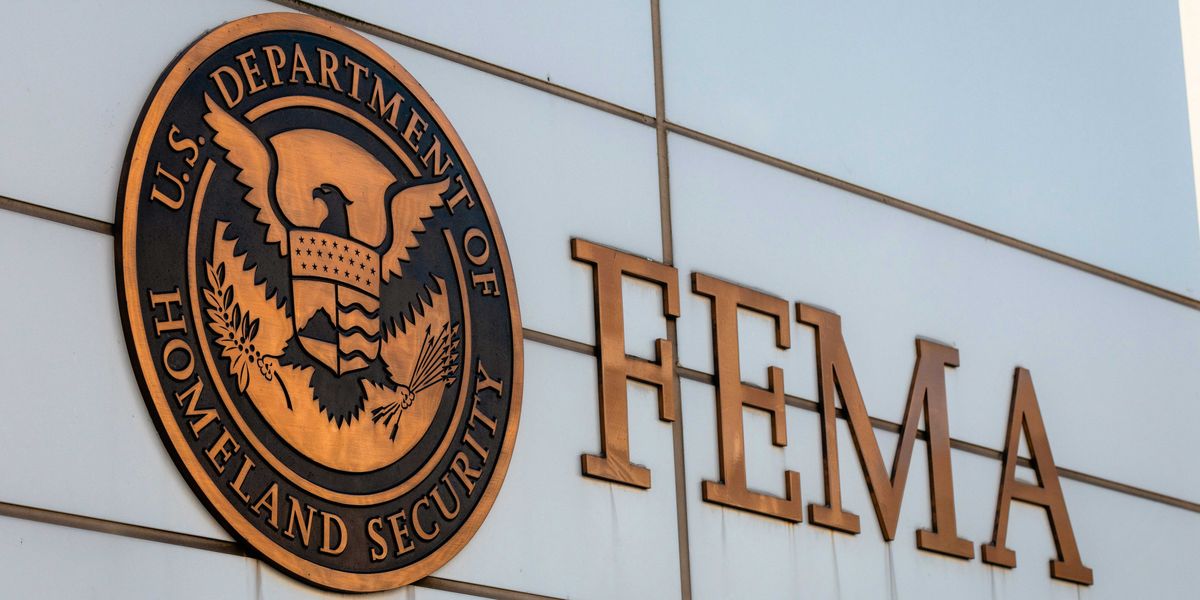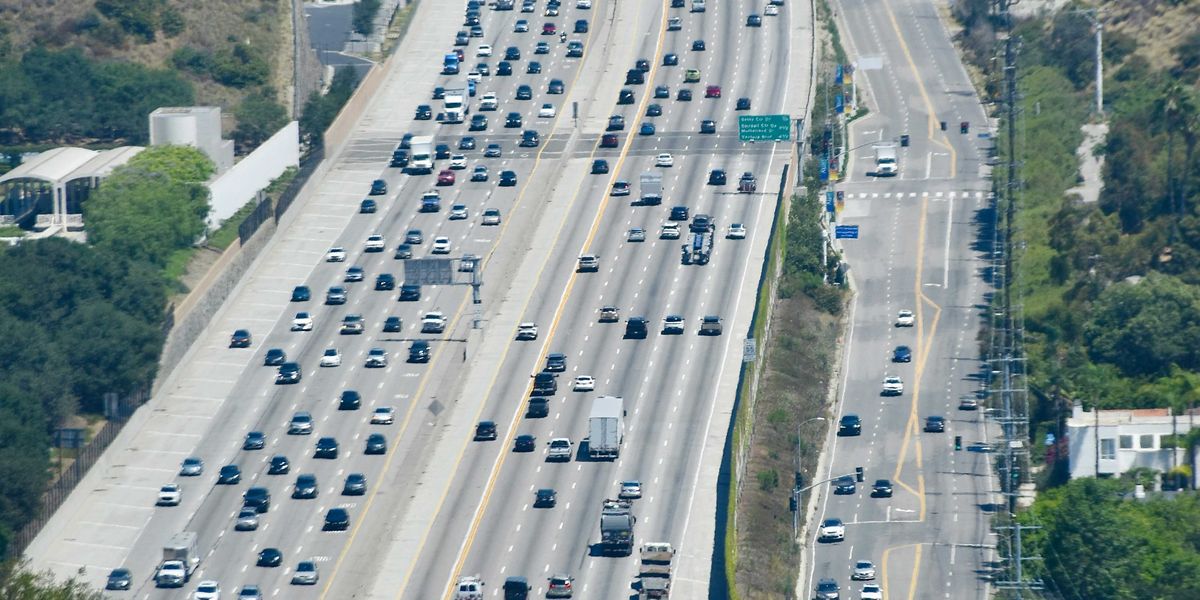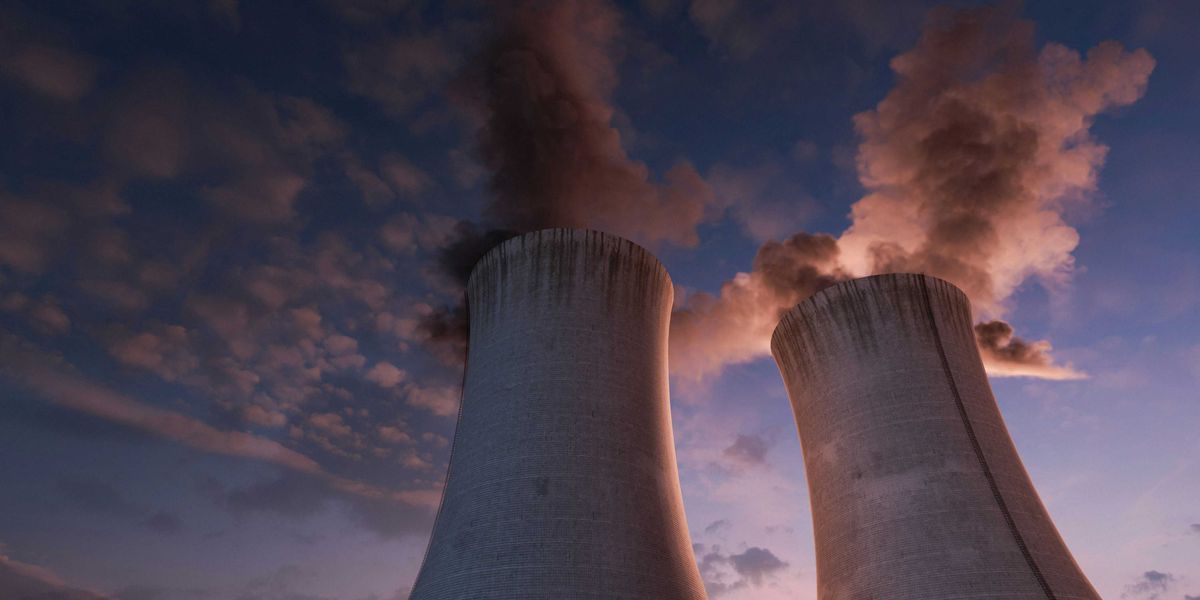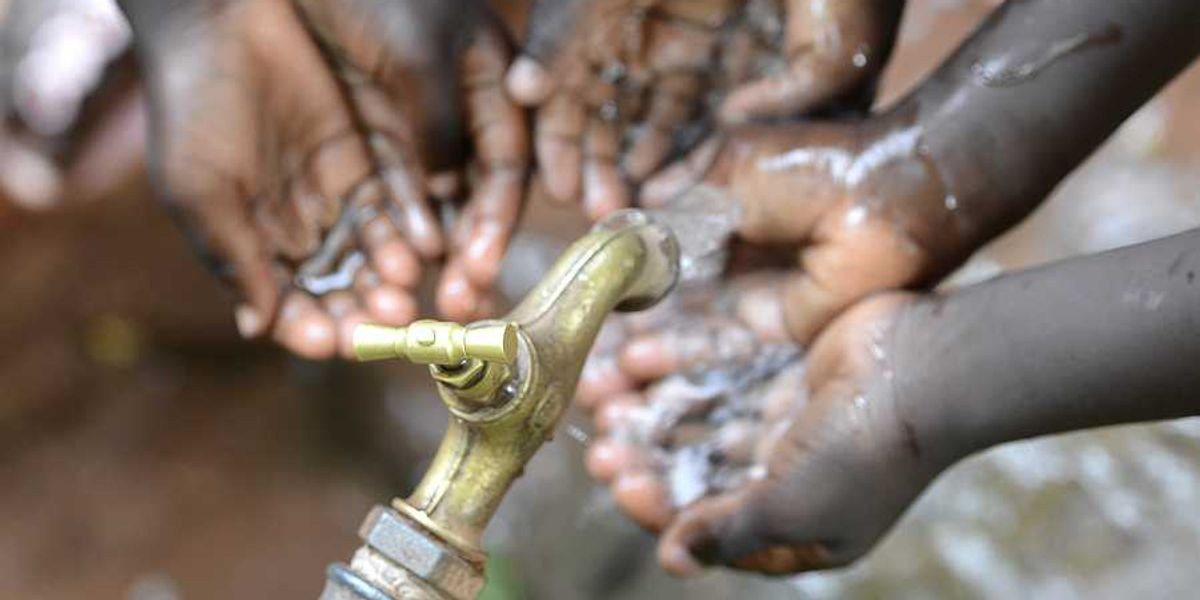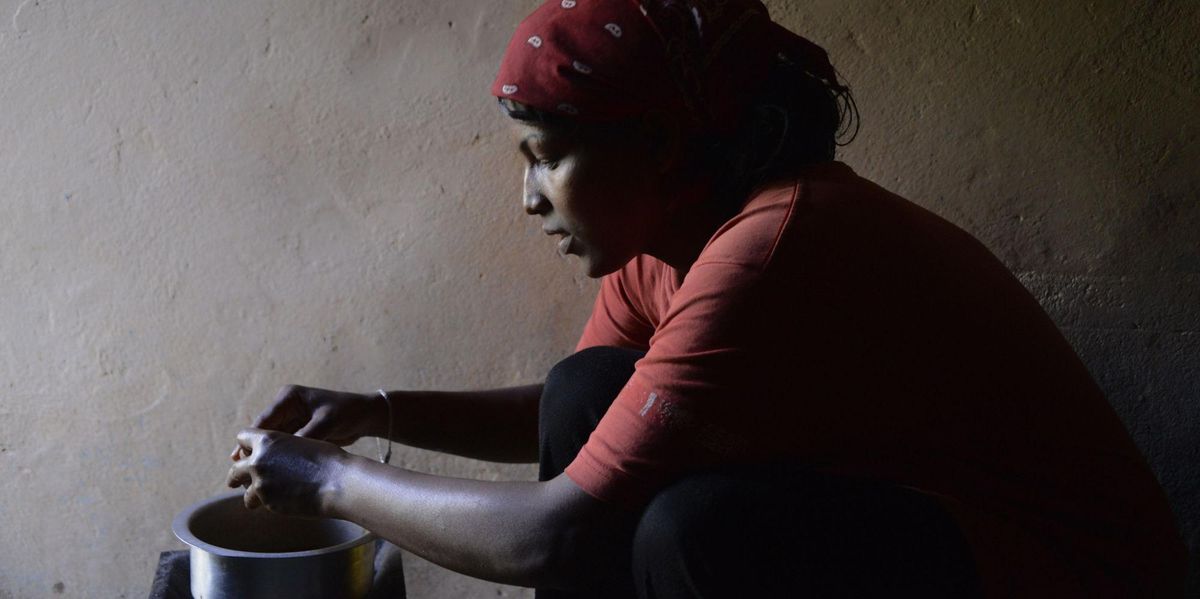
Household energy: Let’s make the healthy choice the easy choice
For those cooking with biomass fuels, poverty is an environmental health issue.
The air is thick with smoke that burns our eyes and lungs. I dry the involuntary tears coming from my eyes, trying to see Laura better through the hazy air.
Her daughter tugs on her shirt, pleading for a snack. Laura’s mother comes in to see who I am; her eyes are clouded with cataracts.
I’m in Andean Ecuador to study ways to make the air cleaner. I ask about the source of the smoke—the fire Laura started in her mud stove, an ashy depression in the floor, to make me a coffee.
“Por que utiliza la cocina tradicional y no la de gas?” I ask her. Why do you use the traditional stove and not the gas one?
“No tenemos gas ahora, y la camioneta no viene hasta la proxima semana,” she replies. They don’t have any gas right now, and the gas delivery truck won’t come until next week.
It seems that firewood is the only choice today.
This essay is part of "Agents of Change" — see the full series
This is not a rare occurrence around the world, especially in rural and poor regions of low- and middle-income countries. For one third of the world, about 2.7 billion people, smoky kitchens are the norm. Poor people around the world burn biomass fuels like firewood, charcoal, or dung in open fires to meet daily cooking and heating needs. The resulting smoke and pollution lead to ill health, with a burden of disease estimated to be 1.9 million lives lost prematurely each year, and an estimated $700 billion in economic losses from lost lives, healthcare expenditures, and reduced productivity. But while swapping out these polluting biomass fuels for clean-burning fuels like gas and electricity promises cleaner air and healthier lives, in these parts of the world, the costs of clean fuels prevent communities from fully making the switch.
Whereas biomass is typically collected easily and freely from nearby forests, forest edges, or farmlands, gas and electricity require payment. For poor people around the world, the math is simple: there isn’t enough money to use clean fuels, so they burn the freely available biomass just as they and their ancestors have done for thousands of years.
Poverty and marginalization prevent them from using cleaner, healthier options and it comes with deadly consequences. However, recent work by myself and others shows that when gas is made affordable and available, people cook with it extensively and the result can be cleaner air and healthier lives.
The promise of cheap cooking gas in Ecuador
I am an environmental health scientist trying to understand how to reduce household air pollution by promoting clean cooking technologies, and how to design related policies that will improve human health. I am focused on understanding what stands in the way of cleaner and healthier environments.
Let’s take a look at India, the second largest country in the world and one plagued by air pollution and ill health. In 2011, merely 11% of all rural households primarily used liquified petroleum gas (LPG), a popular clean-burning cooking fuel, for their cooking; the remainder burned biomass. Since then, more than 100 million poor households received an LPG stove, in large part due to government initiatives that made them more accessible physically and financially. Today, more than 90% of rural households have an LPG stove. But, for most poor and rural households, the costs of LPG are still prohibitive—just one cylinder refill could cost up to 10% of their monthly budgets.
The story is the same in other low- and middle-income countries. The cost of clean fuels is too high for households to regularly use for all of their energy needs. But what remains unknown is whether such households would use clean fuels for all their cooking if they were more affordable.
This makes Ecuador a unique case study. In the 1970s, the government of Ecuador began providing subsidies to reduce LPG costs as part of broad social support reforms. Today, the subsidies reduce the cost of LPG by roughly 80%, from about $15 to $3 per 15-kilogram cylinder. The impacts have been large. In the 1970s, 80% of households cooked primarily with firewood. Today, more than 90% cook primarily with LPG.
This essay is also available in Spanish
In 2019, my research team asked 800 primary cooks across four provinces in coastal and Andean Ecuador about their cooking experiences and preferences. Nearly all said that they used LPG for cooking and had done so for between 20 and 30 years. They said they used LPG every day, multiple times per day, for all kinds of meals.
But although everybody used gas extensively, about half of rural households and one-fifth of semi-rural households still used firewood from time to time.
One reason was the challenge of getting a gas cylinder refill. Unlike in wealthier countries where gas is piped straight into the kitchen, in Ecuador and many other countries, cooking gas comes in a cylinder, much like the propane tank often used for backyard gas grills. In our surveys, one in three participants were only able to get gas refills once every other week or even less frequently. Also, while most households got new gas tanks delivered straight to their door, one in four had to complete four- to eight-kilometer round trips, often on foot, to get refills.
The challenge of getting LPG refills means that households need to use firewood as supplemental fuel, either for when they run out of LPG or, more commonly, as a means of rationing their LPG. People want to use LPG and do not want to go a day without being able to use it. And so people hold off using LPG, especially for big meals, and turn again to firewood instead.
The World Health Organization has a target for exposure to fine particulate matter of less than 35 micrograms per cubic meter of air for countries transitioning from biomass to cleaner cooking. Out of 157 primary cooks in Ecuador, we found that nearly 90% of them had exposures below that target, signaling that cheap cooking gas, when used substantially, leads to relatively low exposures. But we also found a strong association between firewood stove use and short-term air pollution exposure. This signals it is not enough to encourage gas use alone. We also need to focus on eliminating, or very nearly eliminating, cooking with biomass like firewood.
When the “healthy choice” is not a choice
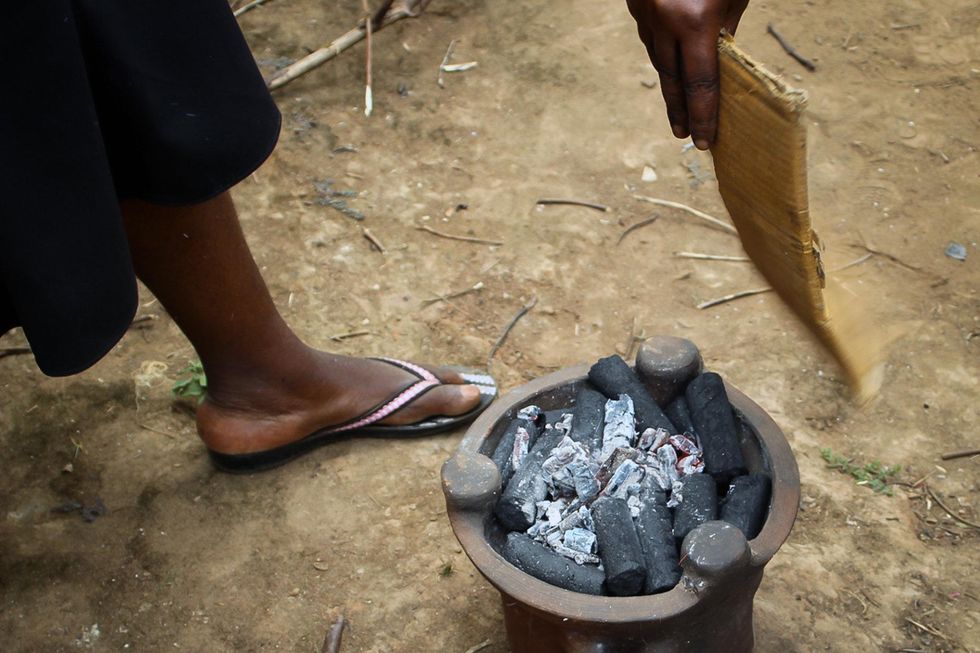
Biomass briquettes. (Credit: Ministry of Foreign Affairs of the Republic of Poland/flickr)
When people make “the healthy choice” (or don’t) like using latrines, or eating healthier foods, or buying health-protective technologies like air purifiers, there’s always a reason—my research seeks out those explanations.
Research often cites a lack of understanding or motivation as a reason people do not make the healthy choice. But poverty, lack of accessibility, or inadequacy to meet their needs, means the healthier choice was never a plausible option.
For Laura and her family in rural Ecuador, their firewood stove produces smoke that has accumulated into stalactites of solidified soot on their ceiling. That same smoke also harms their lungs. Despite recognizing these ill effects, Laura feels stuck in her cooking practices, wishing she could use gas exclusively but feeling unable; at times because of money, and at other times because there is no gas to buy.
The COVID-19 pandemic is exacerbating the issue, causing hundreds of millions to lose incomes and slip further into poverty, and disrupting supply chains everywhere—including in rural Ecuador where gas deliveries were halted during lockdowns. So, it’s likely that more people will be pushed into making those “unhealthy choices,” globally and in the U.S. This includes forgoing basic needs, taking high-interest loans to pay bills, or relying on risk-producing energy sources like polluting biomass fuels, and using gas ovens for heating.
Rather than placing the blame on cooks, we need to make gas or electric cooking (the healthy choice) affordable and available. We need to appreciate the systemic issues that prevent people from making the healthy choice. We can make the healthy choice the easy choice: make clean cooking fuels cheap, lower the costs of electricity, ensure adequate heating or cooling, and ensure that affordable healthy foods are available in every neighborhood.
We have the resources to lift people up and—to borrow a phrase from the late Kirk Smith—“make people healthy before they are wealthy.”

Carlos Gould is a Postdoctoral Research Fellow at Stanford University. He can be reached on Twitter at @gould_cf.
This essay was produced through the Agents of Change in Environmental Justice fellowship. Agents of Change empowers emerging leaders from historically excluded backgrounds in science and academia to reimagine solutions for a just and healthy planet.
Indoor cooking in Ethiopia. (Credit: Rod Waddington/flickr)



